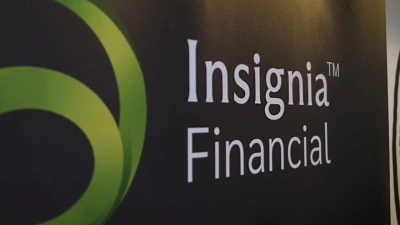Over 350 new entrants join industry YTD


There have been 355 new entrants to the financial advice industry this year, a number equivalent to the third-largest licensee.
According to Wealth Data, this was a combination of provisional advisers and advisers with a formal start date of 2022 (although they may have been appointed as provisional advisers prior to 2022).
This included AMP Group where 23 of its 355 advisers were in this category, Insignia (22 advisers) and Fortnum (10 advisers).
There was particular growth in provisional advisers appointed during Q3 of 2022 with 129 provisional advisers appointed during the quarter, more than double the number who joined in Q2 (49) while 26 were appointed in Q1.
This saw the number of new entrants rise steeply from 72 at the end of Q1 to 300 by the end of Q3.
Looking at weekly data, there was a decline of three advisers during the week to 17 November.
Some 25 licensee owners had net gains of 29 advisers, 26 licensee owners had net losses of 30 advisers and eight provisional advisers commenced.
Four licensees – Beryllium Advisers, Andrew Wardle, Affinity Group and AMP Group- were all up by two advisers each. Some 21 licensee owners were up by one adviser including Spark Partnership, Oreana, Evans Dixon, Fortnum and Fiducian.
Clime topped the losses with three advisers leaving while MCA Financial Planners and NGAA Pty were both down by two.
Recommended for you
A financial advice firm has been penalised $11 million in the Federal Court for providing ‘cookie cutter advice’ to its clients and breaching conflicted remuneration rules.
Insignia Financial has experienced total quarterly net outflows of $1.8 billion as a result of client rebalancing, while its multi-asset flows halved from the prior quarter.
Prime Financial is looking to shed its “sleeping giant” reputation with larger M&A transactions going forward, having agreed to acquire research firm Lincoln Indicators.
An affiliate of Pinnacle Investment Management has expanded its reach with a London office as the fund manager seeks to grow its overseas distribution into the UK and Europe.
















I wonder why these sorts of reports never detail the percentage of pure specialist risk writers? They always seem forgotten and margi alized for some reason. It is a real flaw in the reporting as they are very different discipline to a garden variety financial adviser. I suppose it makes as much or as little sense as the ridiculous educational requirements for risk advisers i.e. full FP qualifications. . . completely inappropriate to specialist risk advisers. Where is the so called AFA on this major flaw?